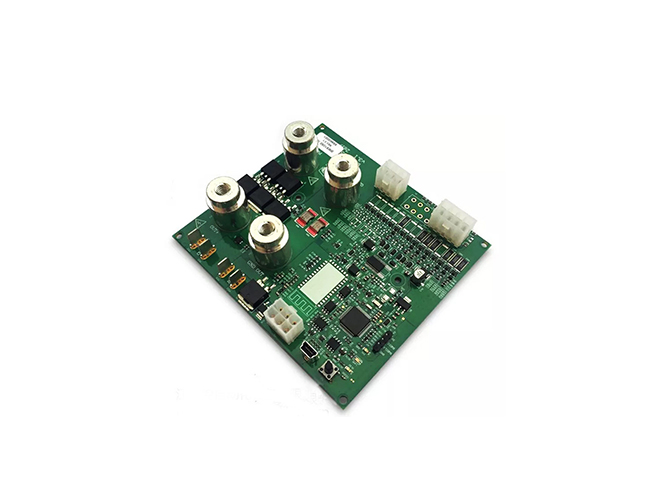-
CN
-
Service Hotline
+8618129931046 Mr. Liao


Time:2025-04-24 Views:1

Flexible Printed Circuit Boards (FPCs) have become increasingly popular in modern electronic devices due to their unique flexibility, compact size, and ability to conform to complex shapes. The design of FPCs requires careful consideration of several factors to ensure optimal performance, reliability, and manufacturability.
1. Material Selection
The choice of materials is crucial in FPC design. The base material, often a flexible polymer film such as polyimide or polyester, provides the flexibility and mechanical strength of the FPC. Polyimide is widely used due to its excellent thermal stability, chemical resistance, and high - temperature performance. It can withstand the harsh conditions during the manufacturing process and in the end - use application. Conductive materials, such as copper, are used for the traces on the FPC. High - purity copper with good conductivity and flexibility is preferred. Additionally, insulating materials are used to separate the conductive layers and protect the traces from electrical short - circuits. These insulating materials should have good adhesion to the base material and conductive layers to ensure the integrity of the FPC.
2. Layout Design
The layout of an FPC is designed to meet the specific electrical and mechanical requirements of the application. Since FPCs are often used in space - constrained environments, the layout needs to be highly compact. Components are placed strategically to minimize the overall size of the FPC while ensuring proper electrical connections. Signal traces are routed carefully to avoid interference and crosstalk. In high - frequency applications, special attention is paid to the impedance control of the traces. Bend regions are also a key consideration in FPC layout. The bend radius of the FPC should be designed according to the material's flexibility and the expected number of bending cycles. Sharp bends can cause stress on the traces and insulation, leading to potential failures over time. Therefore, smooth and gradual bends are preferred, and the traces in the bend regions are often reinforced or protected.
3. Layer Design
FPCs can have single - layer, double - layer, or multi - layer designs. The choice of the number of layers depends on the complexity of the electrical circuit and the available space. Single - layer FPCs are the simplest and most cost - effective but are limited in their ability to route complex circuits. Double - layer FPCs offer more routing options and can be used for more complex applications. Multi - layer FPCs are used when a large number of electrical connections and signal traces are required. In multi - layer FPCs, vias are used to connect the different layers. The design of vias, including their size, location, and plating, needs to be carefully considered to ensure reliable electrical connections and mechanical strength.
4. Manufacturability and Assembly Considerations
During the design phase, manufacturability and assembly aspects should also be taken into account. The design should be compatible with the manufacturing processes used for FPCs, such as photolithography, etching, and lamination. Designers should consider factors such as the minimum line width and spacing that can be achieved by the manufacturing process. Assembly - friendly features, such as fiducial marks for component placement and test points for electrical testing, should be included in the design. The FPC should also be designed to be easily integrated with other components and assemblies in the final product, considering factors such as the attachment method (e.g., soldering, adhesive bonding) and the mechanical support required.